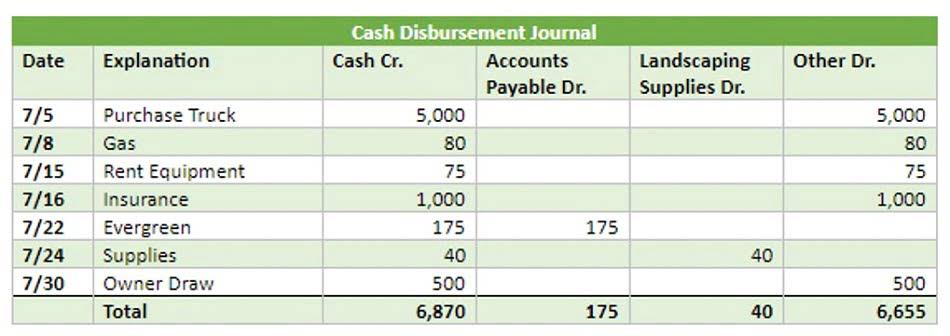Operating Cycle Formula: Definition Calculation Uses

The cash inflow and outflow with respect to the inventory moving in and out becomes easier to observe when the operating cycle is known. It indicates that a business converts inventory and receivables into cash more quickly, improving liquidity and reducing the need for external financing. A shorter cycle is preferred and indicates a more efficient and successful business. A shorter cycle indicates that a company is able to recover its inventory investment quickly and possesses enough cash to meet obligations.
What is Operating Cycle & How to calculate it? (With Formula)
An operating cycle is crucial since it can show a firm’s owners how fast they can sell the stock. A shorter operating cycle, for instance, indicates that the business was capable of turning around rather rapidly. It might also imply that the credit policy is tougher and the payment schedule is shorter. A shorter operating cycle is better since it indicates that the business has sufficient cash on hand to fund operations, recoup expenditures, and fulfil other commitments. A high DPO suggests that your company is effectively managing its accounts payable, optimizing cash flow by extending payment terms without straining supplier relationships. This can be retained earnings balance sheet particularly beneficial for businesses looking to reduce working capital requirements and enhance profitability.

Financial Consolidation & Reporting
An operating cycle is a vital concept in business operations that helps companies manage their cash flow efficiently. It refers to the time it takes for a company to acquire inventory, convert it into finished goods, sell the goods, and receive payment from customers. Understanding the operating cycle is crucial for businesses as it impacts their liquidity, profitability, and overall financial health. The operating cycle, often referred to as the cash conversion cycle, is a fundamental concept in financial management. It represents the time it takes for a business to convert its investments in inventory and other resources into cash through sales and accounts receivable collection. This cycle is a crucial measure of a company’s financial efficiency and liquidity.
Operating Cycle vs. Cash Conversion Cycle: What is the Difference?

Efficient management of the operating cycle is essential for businesses to ensure smooth operations and profitability. By analyzing each stage of the cycle, companies can identify bottlenecks, streamline processes, and optimize cash flow management. The “cycle” refers to the process companies undergo in purchasing inventory, selling the inventory to customers on credit (i.e., accounts receivable), and collecting cash payments from these customers.
Calculate Operating Cycle of a Bank
The cash operating cycle of a business is the length of time between payment of purchase of raw materials, paying wages and other expenditures to the inflow it receives from the sale of these goods. In other word, it is the period of time which elapses between the points at which cash begins to be expended on the production of a product and the collection of cash from its customer. Thus, it takes into account the time it takes for the business to pay its payables for the goods purchased and the time it takes for its customers to pay for the goods they have purchased. To illustrate the importance of effective accounts payable management, let’s consider operating cycle an example.

When a business trades, it purchases goods, holds them as inventory, converts them to a product for sale and sells them on credit, and finally it collects the cash from the sale. The operating cycle in financial management describes the time it takes to complete this process in days. Employers looking to streamline their operations and boost profitability should pay close attention to their operating cycles.

How to calculate the Operating Cycle?
- Efficient management of an operating cycle is crucial for the sustainable growth and success of any business.
- As the banks have shorter operating cycles, they get more opportunities to grow their base of assets than manufacturing companies.
- The operating cycle represents the time it takes for a company to purchase inventory, convert it into products or services, sell those products or services, and receive cash from customers.
- Every industry works differently, which means that the length of this operating cycle can vary from one niche to another.
When evaluating potential employers, candidates can inquire about the company’s operating cycle to gain insights into its financial stability and efficiency. This knowledge can help individuals make informed decisions about where to work and build their careers. “For businesses, it’s essential to monitor key performance indicators related to the operating cycle regularly. This data can provide valuable insights into where improvements can be made to enhance efficiency.” Effective inventory management is critical Legal E-Billing for streamlining the operating cycle. Businesses must strike a balance between having enough inventory to meet demand and avoiding excess stock that ties up valuable resources. One of the main reasons that net income falls short in capturing the actual liquidity of the company is due to working capital – most notably inventory, accounts receivable (A/R) and accounts payable (A/P).
- The operating cycle of a business is comprised of only the receivable days and inventory days.
- Beyond the monetary value involved, CCC accounts for the time involved in these processes and provides another view of the company’s operating efficiency.
- One of the most important goals of any business is to attract customers and convert them into loyal…
- As illustrated above, the start of the cycle involves purchasing the raw material to create the product.
- Operating cycle of working capital refers to the total number of working days that a business takes to buy inventory, sell it off, and then collect the proceedings from the sale.
- Mitigate credit risk, reduce bad debt, and streamline customer onboarding with AI-powered insights.
Monitoring these KPIs regularly and taking action to improve them can lead to a more efficient operating cycle, improved cash flow, and enhanced financial performance for your business. In this example, your operating cycle is approximately 128 days, which means it takes 128 days for your investments to return as cash. Understanding and monitoring your operating cycle can help you identify areas for improvement, optimize cash flow, and make informed financial decisions. By implementing these inventory management strategies, you can effectively control your inventory and contribute to a shorter operating cycle. The business, through this calculation, can check the total time taken from receiving the inventory to storing them, selling them, and customers paying for them.
Understanding how to calculate your operating cycle is essential for monitoring and improving your financial performance. The operating cycle formula provides you with valuable insights into the efficiency of your cash conversion process. We’ll explore the formula and its basic concepts, as well as provide practical examples to help you grasp this critical aspect of your business. Accounts receivable management is a critical aspect of your operating cycle, focusing on ensuring that your customers pay you promptly for the goods or services you’ve provided. Delays in receiving payments can significantly extend your operating cycle, impacting your cash flow and overall financial health. It is essential to understand the concept of the operating cycle formula as it helps to assess how efficiently a company is operating.